Oklahoma Hunting Guide
Oklahoma offers significant hunting opportunities throughout the state. With large amounts of green space, permissive firearms laws, and excellent wildlife management, Oklahoma has become a popular state for hunters and outdoors enthusiasts.
What to Hunt
The varied habitats in Oklahoma support several popular species for hunters to enjoy.
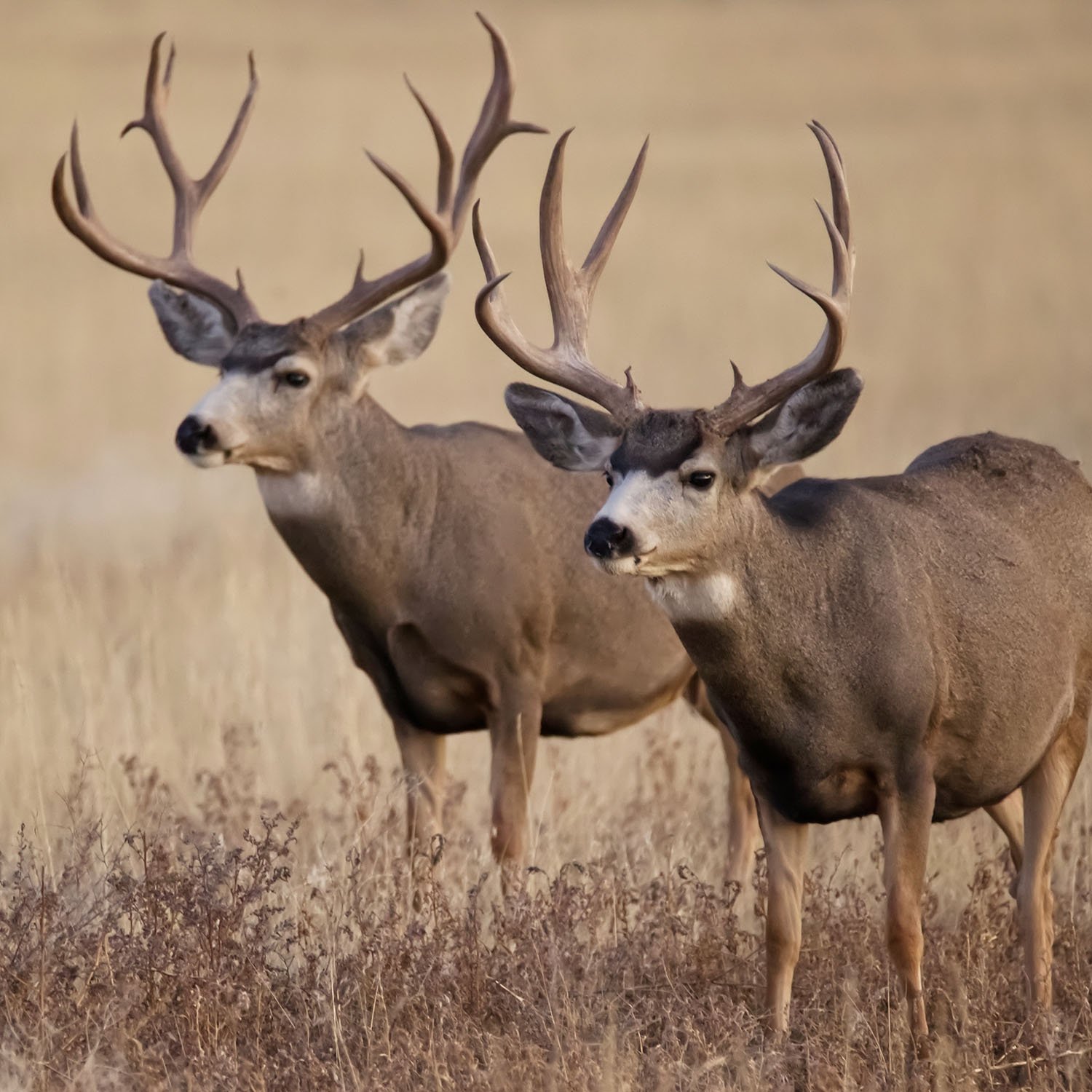
Deer
Oklahoma has large amounts of land that support healthy, stable deer populations. Most of these are whitetail deer, with trophy bucks being readily available in many wildlife areas across the state..
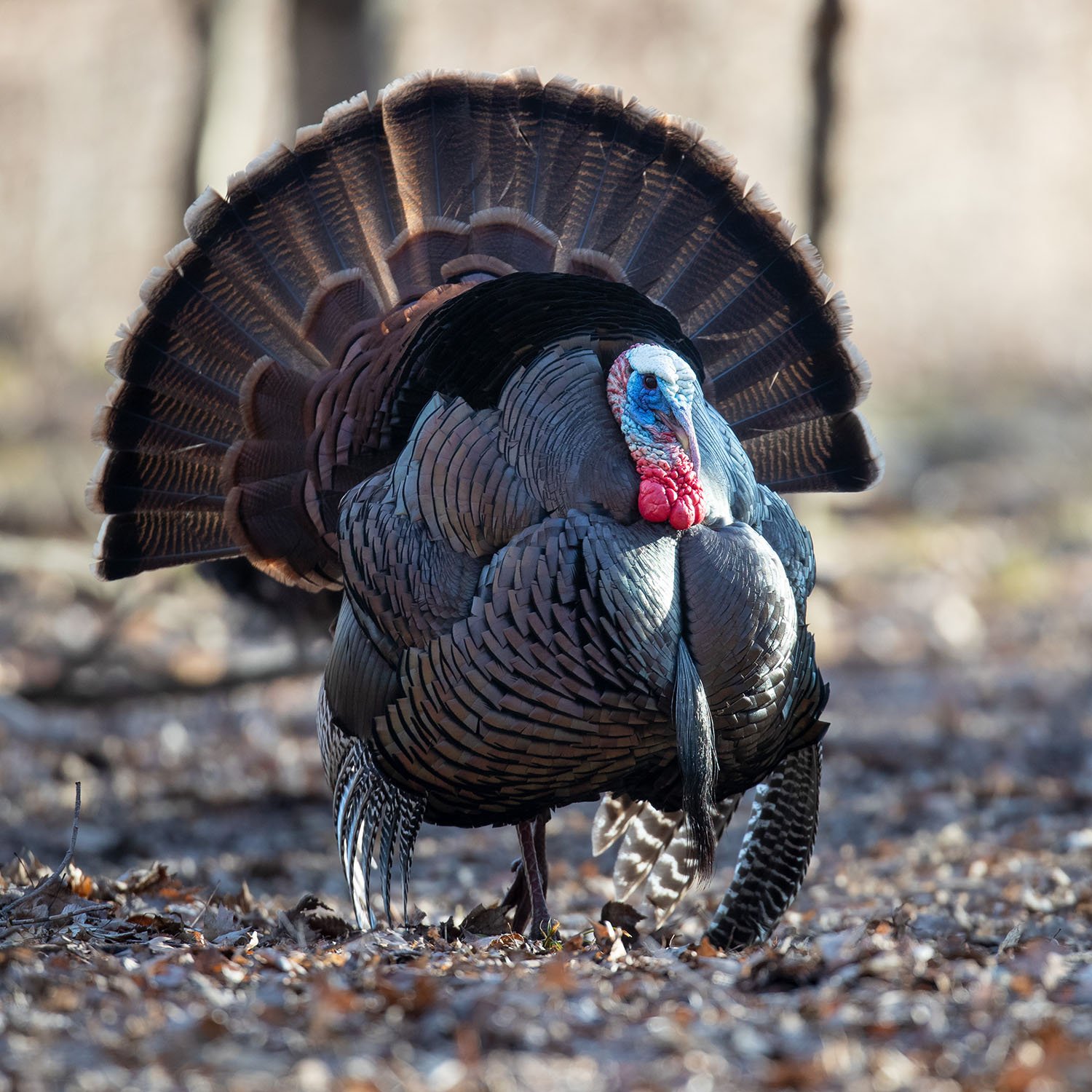
Turkey
Oklahoma is home to a notably diverse population of turkeys, with a ready supply Rio Grandes, Easterns, Hybrids and Merriam's. Rio Grande turkeys are most populous in the majority of the state, with Merriam’s being more populous in Charron county, and Eastern turkeys occupying more of the eastern border and southeastern portion of the state. There is a bag limit of one turkey of either sex for the fall season, and the spring season allows hunters to take three bearded turkeys.
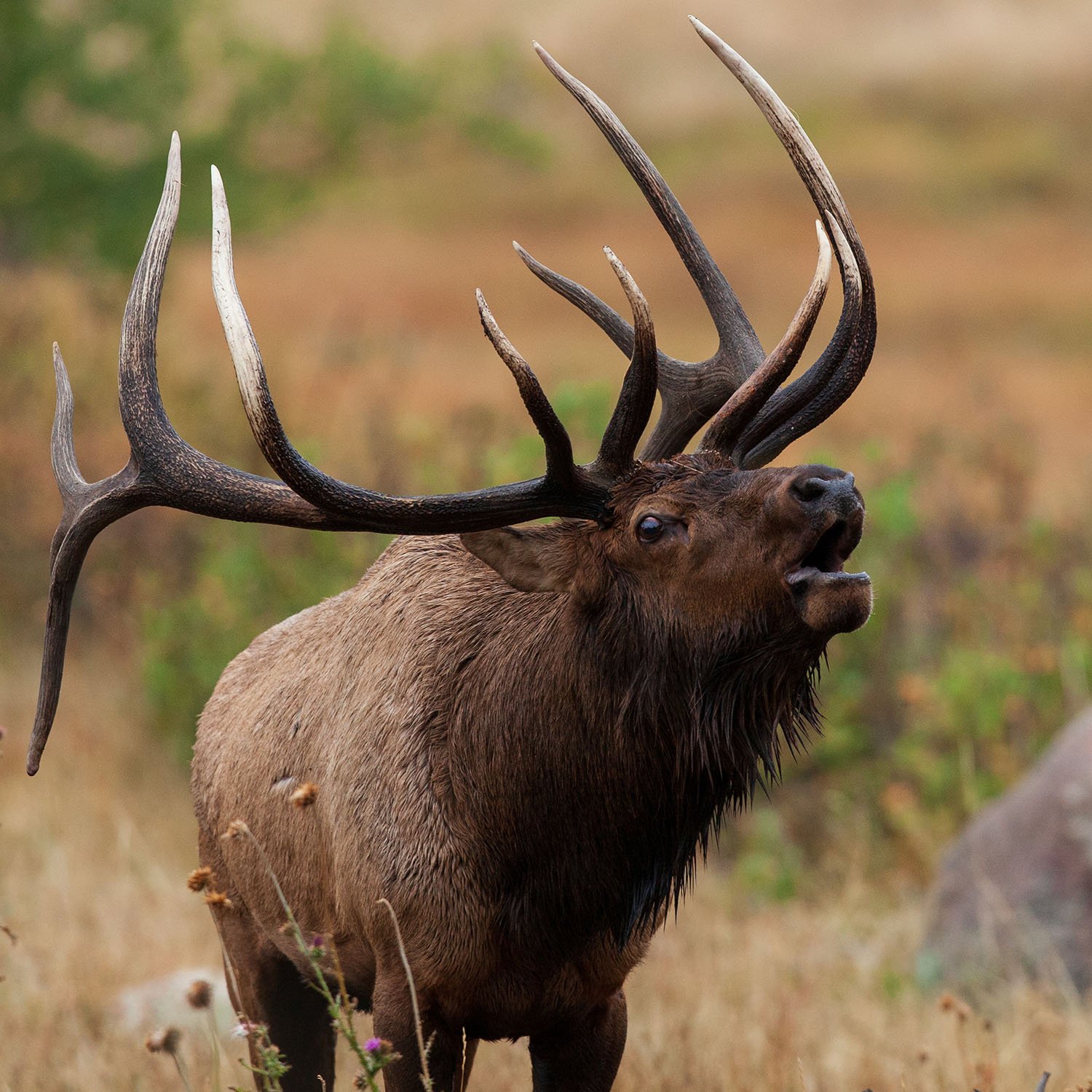
Elk
Elk tags are selected through a raffle. The densest elk populations can be found in the Wichita Mountains Wildlife Refuge, as well as at Pushmataha, Cookson Hills, Spavinaw and Cherokee wildlife management areas. There is a combined season bag limit of two elk of either sex. Before hunting in a certain zone, visit the Oklahoma Wildlife Department’s website to check whether that zone’s quota has been met. Meeting the quota will end elk season in a particular zone.
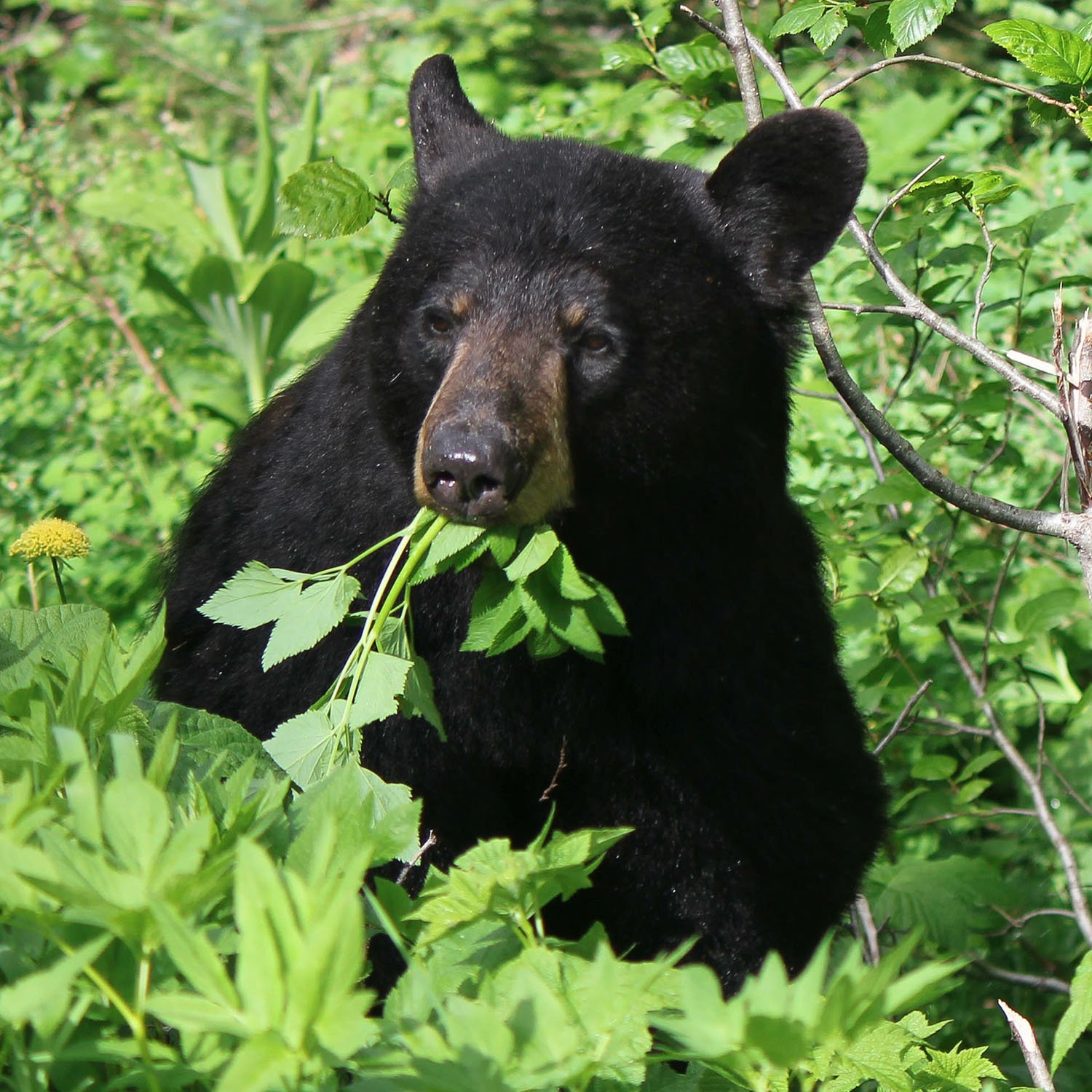
Bear
After years of diminishing population levels, black bears have been successfully reintroduced into Oklahoma. Most of these bears can be found in the easternmost areas of the state.
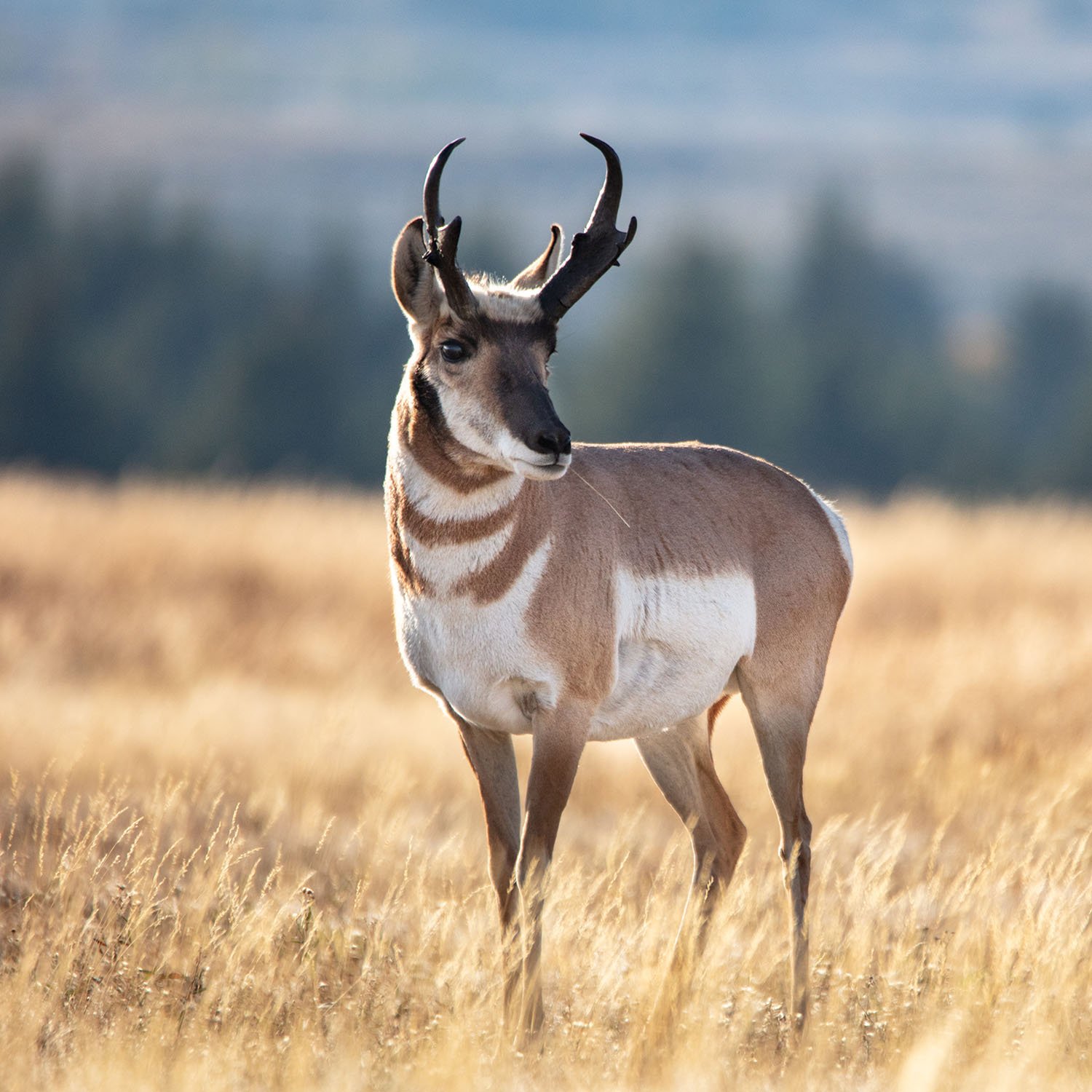
Pronghorn
Pronghorn can be found throughout the grass prairies in Oklahoma’s panhandle. The species is known to travel great distances in search of food, so populations and distribution can vary from year to year.
Other Oklahoma game species include: Antelope, Duck, Squirrel, Rabbit, Dove, Crow, Woodcock, Rail, Wilson’s Snipe, Gallinule, Mergansers, Coots, Teal, Goose, Sandhill Cranes, Quail, Pheasant, etc. found in the "Hunting Seasons" section at bottom of the page.
Where to Hunt
With large amounts of public land, Oklahoma offers a variety of hunting areas to resident and nonresident hunters alike.
Wildlife Management Areas
The Oklahoma Department of Wildlife Conservation (ODWC) maintains many wildlife management areas around the state. These areas are found throughout the state, with particular density in the east. A full map is available on the ODWC website.
Oklahoma Land Access Program
The Oklahoma Land Access Program (OLAP) provides compensation to landowners who allow public access on private lands. These areas are typically open to a variety of recreational activities, including hunting, fishing, and wildlife viewing. Much of the land made available through the OLAP can be found in the Oklahoma panhandle.
US Army Corps of Engineer Lands
The Army Corps of Engineer Lands maintains some areas of land throughout Oklahoma. These areas are often near bodies of water. Almost all of these lands allow for public hunting.
Licensing Fees
A hunting license is required to pursue any animals except feral swine. Note that the swine exception applies only to private land, and a license is required on public land. License fees vary based on the species targeted and method of take.
| License | Resident | Nonresident |
|---|---|---|
| Annual Hunting | $32.00 | $176.00 |
| 5-Year Hunting | $88.00 | N/A |
| Lifetime Combination Hunting/Fishing | $775.00 | N/A |
| Youth Hunting | $7.00 | N/A |
| Deer (gun) | $20.00 | $300.00 |
| Deer (muzzleloader) | $20.00 | $300.00 |
| Deer (archery) | $20.00 | $300.00 |
| Turkey | $10.00 | N/A |
| Elk | $51.00 | $306.00 |
| Trapping | $10.00 | $345.00 |
| Fur License | $10.00 | $51.00 |
Hunter Education
Anyone 31 years of age or older is not required to complete a hunter’s education course prior to obtaining a hunting license.
Youth hunters must be 10 years old to take a hunter’s education test and receive a certificate of completion. However, there is no minimum age to attend the class. The class is available online, 4-hour home study, or via an 8-hour traditional course.
Youth Hunting
Oklahoma designates several periods throughout the year as youth hunts. To participate in these, youth hunters must have the proper licenses and be supervised by adult hunters at all times. Season-specific licenses and permits apply during youth hunts.
Trapping
Furbearing mammals in Oklahoma include raccoon, mink, badger, muskrat, opossum, weasel, bobcat, beaver, skunks, and foxes. A trapping license is required to take these animals. Further licenses are required for bobcats, gray foxes, and raccoons.
Hunting Seasons
| Game | Season |
|---|---|
| Deer* | Oct 1 2023 - Jan 15 2024 |
| Elk* | Oct 1 2023 - Jan 15 2024 |
| Bear* | Oct 1 2023 - Nov 5 2023 |
| Antelope | Aug 31 2023 - Jan 15 2024 |
| Ducks* | Oct 7 2023 - Jan 3 2024 |
| Turkey* | Oct 1 2023 - Jan 15 2024 |
| Apr 16 2023 - May 16 2023 | |
| Squirrel | May 15 2023 - Feb 28 2024 |
| Rabbit | Oct 1 2023 - Mar 15 2024 |
| Dove | Sep 1 2023 - Dec 29 2023 |
| Crow | Oct 10 2023 - Mar 4 2024 |
| Woodcock | Oct 28 2023 - Dec 11 2023 |
| Rail | Sep 1 2023 - Nov 9 2023 |
| Wilson’s Snipe | Sep 30 2023 - Jan 14 2024 |
| Gallinule* | Sep 1 2023 - Nov 9 2023 |
| Mergansers* | Oct 7 2023 - Jan 3 2024 |
| Coots* | Oct 7 2023 - Jan 3 2024 |
| September Teal | Sep 9 2023 - Sep 24 2023 |
| Special Resident Canada Goose | Sep 9 2023 - Sep 18 2023 |
| White Fronted Geese | Nov 4 2023 - Nov 26 2023 |
| Dec 2 2023 - Feb 4 2024 | |
| Dark Geese | Nov 4 2023 - Nov 26 2023 |
| Dec 2 2023 - Feb 11 2024 | |
| Light Geese* | Dec 2 2023 - Feb 11 2024 |
| Dec 3 2022 - Feb 12 2023 | |
| Sandhill Cranes | Oct 21 2023 - Jan 21 2024 |
| Quail | Nov 11 2023 - Feb 15 2024 |
| Pheasant | Dec 1 2023 - Jan 31 2024 |
*Hunting dates for this species may vary by zone, method of take, or subspecies of animal. Visit the state’s website here to find out more.
Disclaimer: The information provided here is not to be construed as legal advice or acted upon as if it is legal advice: it is provided for informational purposes only. While we strive to provide accurate, up-to-date content, we cannot guarantee the accuracy, completeness, or currency of the information.